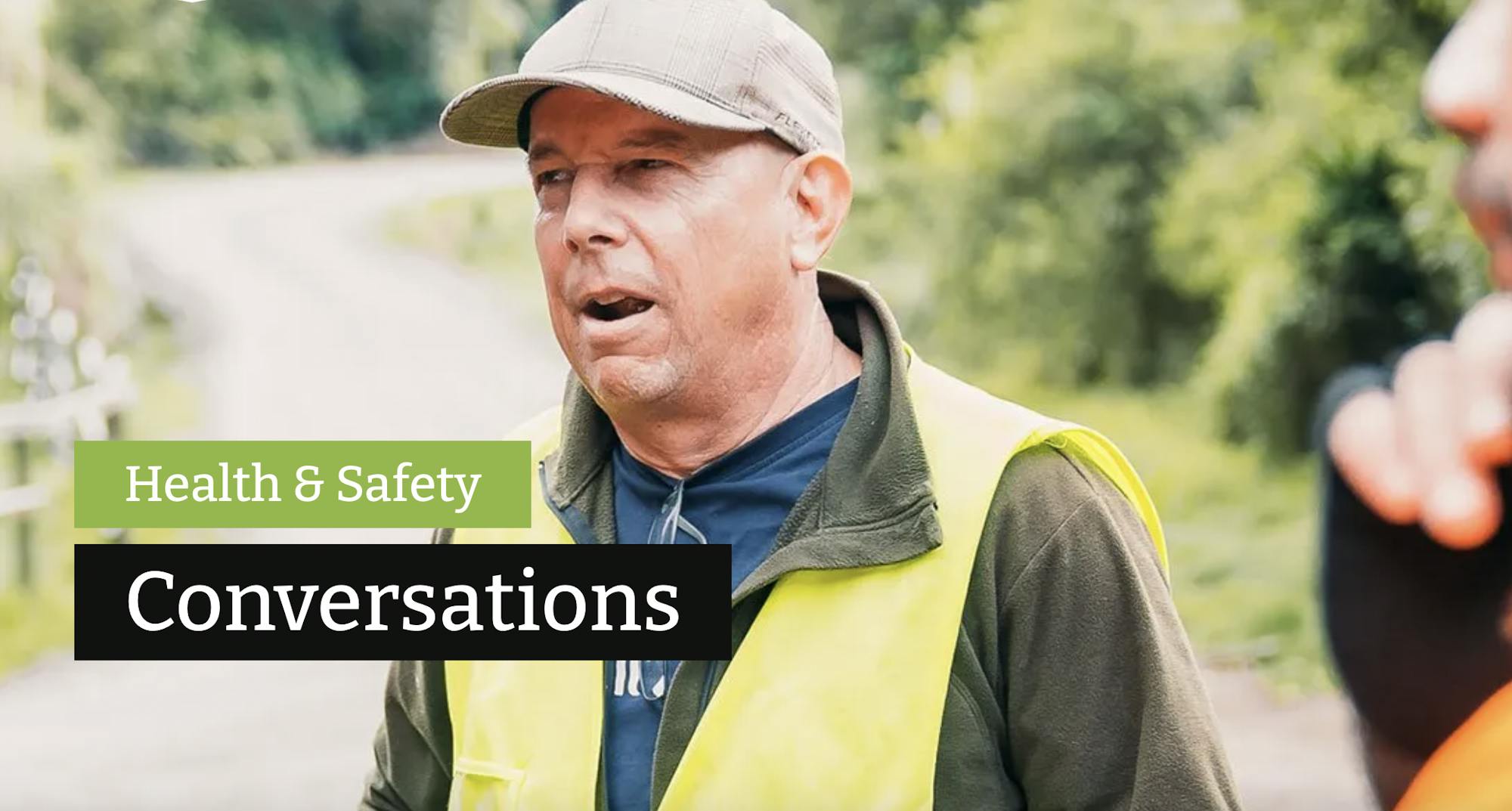
Using coaching techniques helps us engage and influence more effectively when we are having health and safety conversations.
It helps us stay ‘neutral’ and helps the person we are having these conversations with often get ‘unstuck’ in their thinking and/or solutions. It draws on their knowledge and experiences, identifies gaps, empowers them to find solutions and takes responsibility for their actions.
These types of health and safety conversations provide learning and insights for you and the recipient. They create shared knowledge, build respect, and grow influence. They are actively seeking to raise awareness and find solutions.
You are doing four things when having these conversations
Questioning – to understand their perspective
Listening – what are they saying? And what aren’t they saying?
Reflecting – back what you have heard and what you have not heard
Supporting and encouraging - so that the person feels heard and involved.
The questions you ask are the most powerful tool in these conversations
Ask WHAT questions approx. 70% of the time. ‘What’ questions discover both the problem/situation and solution, for example:
- What do you think is working well?
- What is your greatest challenge?
- What is stopping us from being safe?
- What do you think is the right thing to do?
Ask HOW questions approx. 20% of the time. ‘How’ questions discover solutions, for example:
- How could you change what is happening?
- How do you see this working?
- How should we do this?
Ask WHERE, WHEN, and WHO questions approx. 10% of the time. These questions are about taking action/responsibility, for example:
- Where would you go for more information, support, and resources?
- When will you do this?
- Who do you need help from?
Avoid WHY questions, if possible, as ‘why’ can make people feel they must explain/justify their behaviour, making them defensive. They then stay stuck in the challenge
A Helpful Coaching Conversation Model
Typically, a coaching conversation happens in these five steps. Sometimes, the conversation moves around between steps, and you may need to guide the person.
STEP ONE - Establish Focus
We either notice the need to talk or get invited to talk about safety. At this stage, you are establishing the ‘focus’ of the situation. You ask lots of ‘what’ questions to get to the heart of the matter, being curious and encouraging.
STEP TWO - Discover Solutions
At this stage we have established what the situation is and that we are interested in supporting them. Now the focus turns to exploring possible solutions. Again, we are using mostly “What” questions at this stage.
STEP THREE - Plan Action
Once solutions emerge, then it’s our role to help them plan the next steps. This part is all about the actions they will take. Questions at this stage start with “Who, What, Where, How”. The practical bits.
STEP FOUR - Remove Barriers
It’s important to identify any potential barriers that may arise and solutions to those barriers. Otherwise, the plan may fail. For example:
What might stop this from working?
Who could be a barrier to this succeeding?
What help do you need?
STEP FIVE - Recap
At the end of the conversation, reflect on where you think the conversation went and what actions they have committed to acknowledge them. If needed, hold them to account for achieving them.
Here is what I think we have discussed
When do you want to meet again to review this?
This blog post was written by Henry Samson, of Samson Safety, a qualified health and safety professional and partner of SaferMe. The original post can be found here: https://samsonsafety.nz/influencing-better-health-safety-conversations/
Subscribe below to get future posts from SaferMe
We send out emails once a month. We won't share your email with anyone.